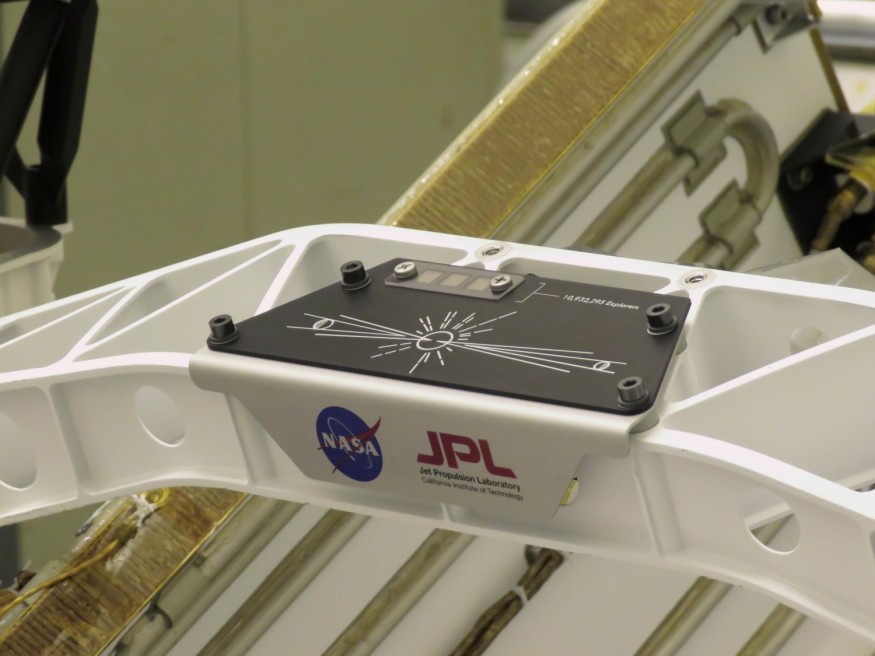
The National Aeronautics and Space Administration's (NASA) campaign dubbed, "Send Your Name to Mars" has attracted the people from all over the world to send their respective names "to ride aboard" the next rover of the agency to the Red Planet.
Specifically, around 10,932,295 people sent their entries. The said names were stenciled through the use of an electron beam onto silicon chips, specifically, three fingernail-sized ones, along with the 155 finalists' essays, in the 'Name the Rover' competition of NASA.
Furthermore, the chips were attached to a plate made of aluminum material on March 16, on the Perseverance Mars rover of Mars at the Kennedy Space Center located in Florida.
Scheduled for launch in summer this year, Perseverance rover is set to land on February 18, 2021, at the Jezero Crater.
Meanwhile, the three chips mentioned are "sharing space on the anodized plate with a laser-etched graphic" that depicts both Mars and Earth, joined by the star, that's giving light to both.
While there's the commemoration of the rover that links both worlds, the simple illustration pays tribute, as well, to plaque's sophisticated line art on board the Pioneer spacecraft, as well as the golden records which the Voyagers 1 and 2 carry.
Current COVID-19 Not Affecting the Launch Schedule
At present, COVID-19 has reportedly not affected the launch schedule of the Mars Perseverance rover. Incidentally, the said installation is among the numerous recent activities which the assembly of Perseverance and the team of test and launch operations performed.
Early last week, the team started to reconfigure the rover to that it can ride on top of the Atlas V rocket. Steps also include lowering and locking the high-gain antenna and remote sensing mast in place, stowing the robotic arm, and retracting its wheels and legs.
The Perseverance rover is described as a robotic scientist that weighs below 1,043 kilograms. It looks for some past microbial life signs, characterizes t e geology and climate of mars, gather samples for return to the Earth in the future, and helps pave the way for human exploration of the Red Planet.
Incidentally, JPL, a Caltech division located in Pasadena, is set to develop and manage the Marge Perseverance rover's operation for NASA. More so, the Launch Services Program of the agency, based at its Kennedy Space Center in Florida, is accountable for managing the launch.
The March 2020 Project
Essentially, the said March 2020 project including the Perseverance rover is also part of a more major program that involves missions to travel the Moon in preparation for the exploration of humans in the Red Planet. Charged with astronauts who are going back to the Moon by the year, 2024, NASA is set to establish a human presence that's sustained "on and around the Moon" by the year 2028 through the Artemis lunar exploration plans of NASA.
Incidentally, just a couple of days ago, interesting news came about NASA's Curiosity rover that just occupied "a major milestone in March." And, as part of the celebration of this particular achievement, the rover took a selfie of itself.
The said report indicated that the rover recently set a record as it completed a climb, rolling up the steepest hill named, Greenheugh Pediment. This hill the Curiosity climbed is said to have created a 31-degree tilt for the rover.
© 2025 ScienceTimes.com All rights reserved. Do not reproduce without permission. The window to the world of Science Times.












